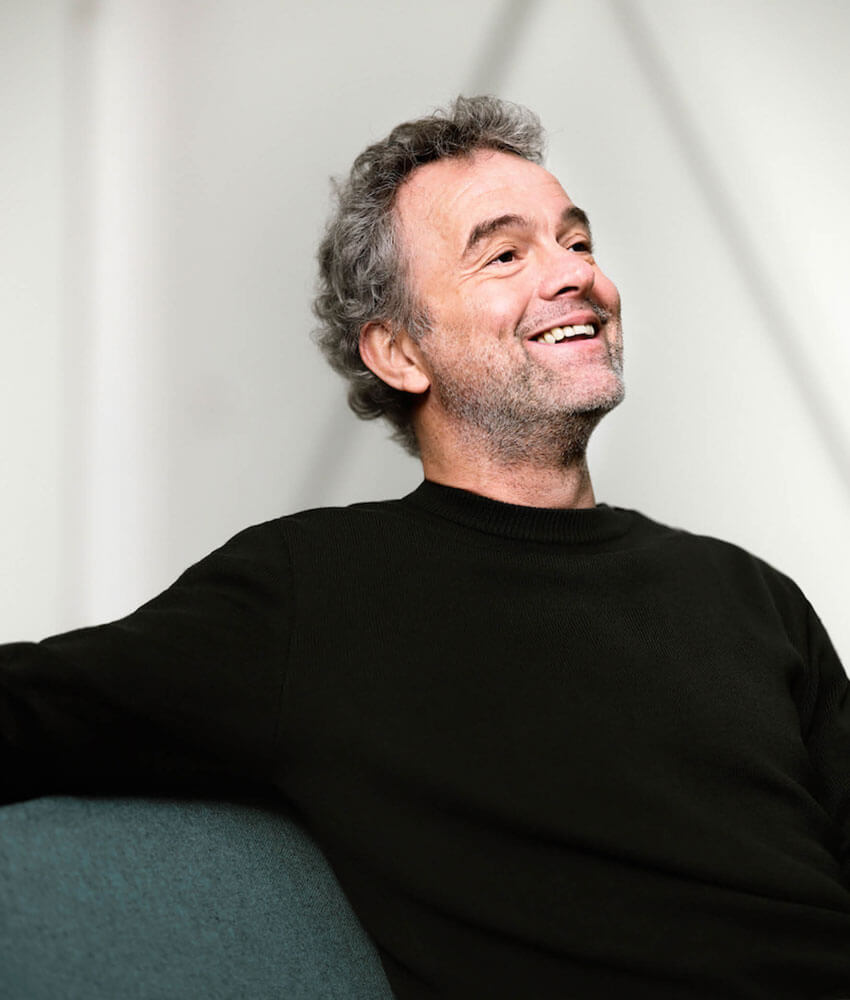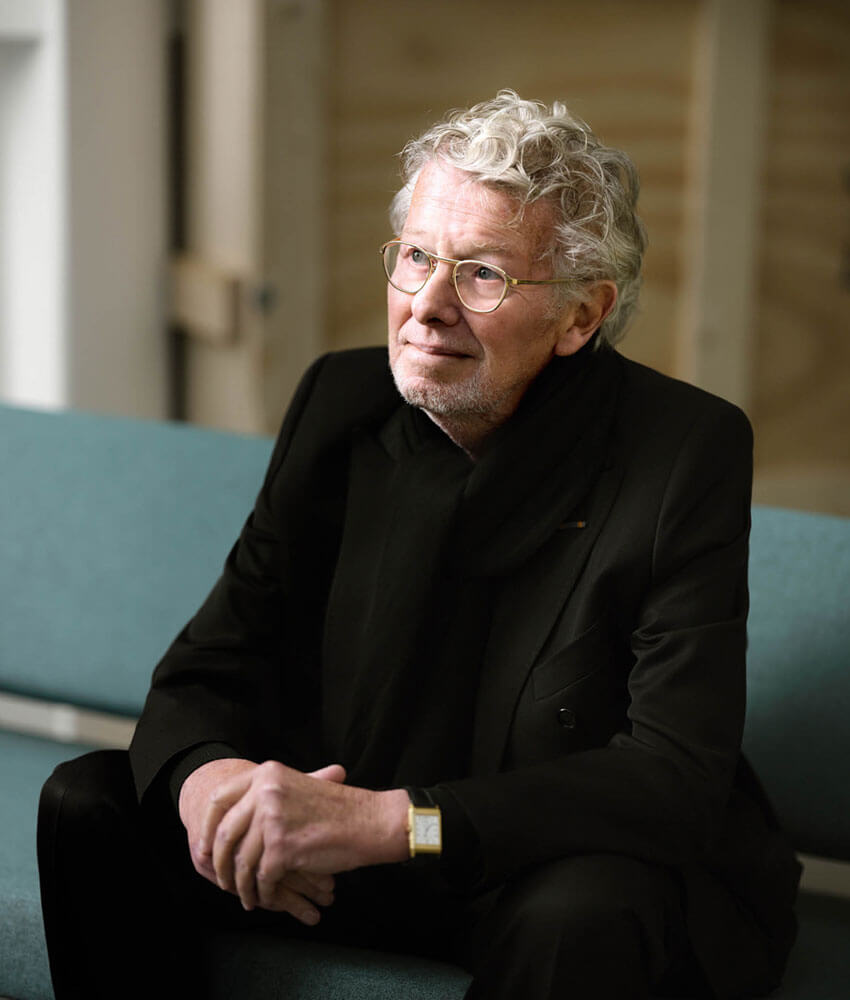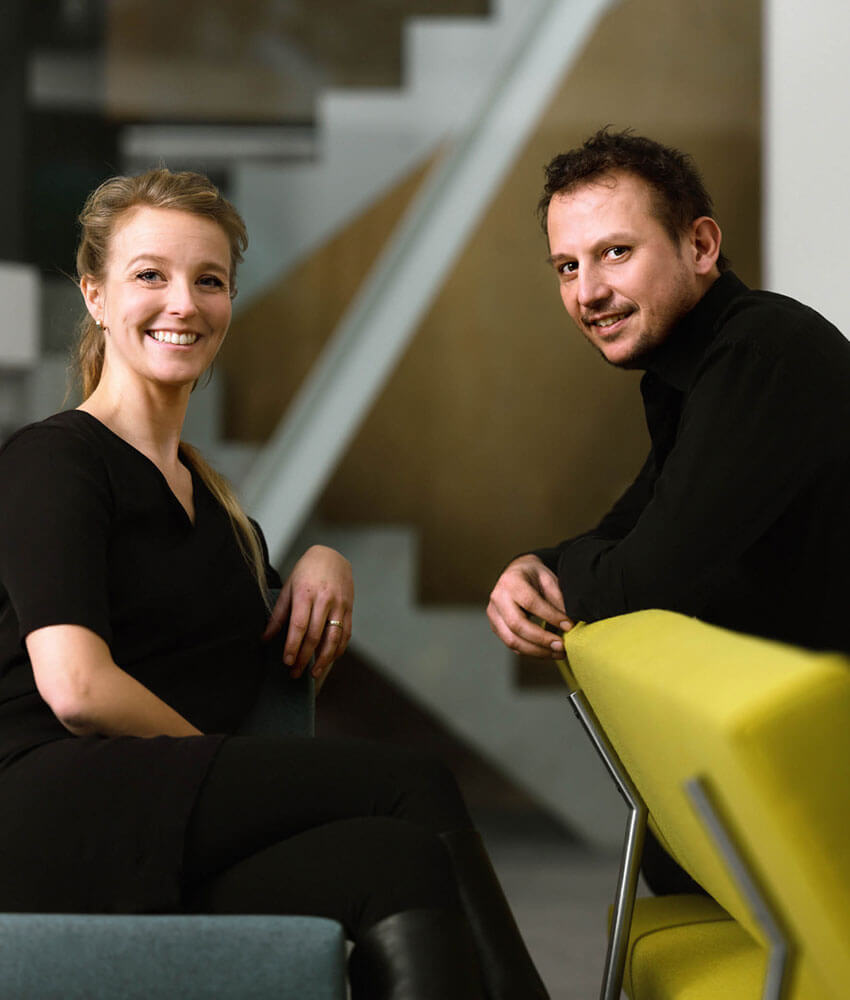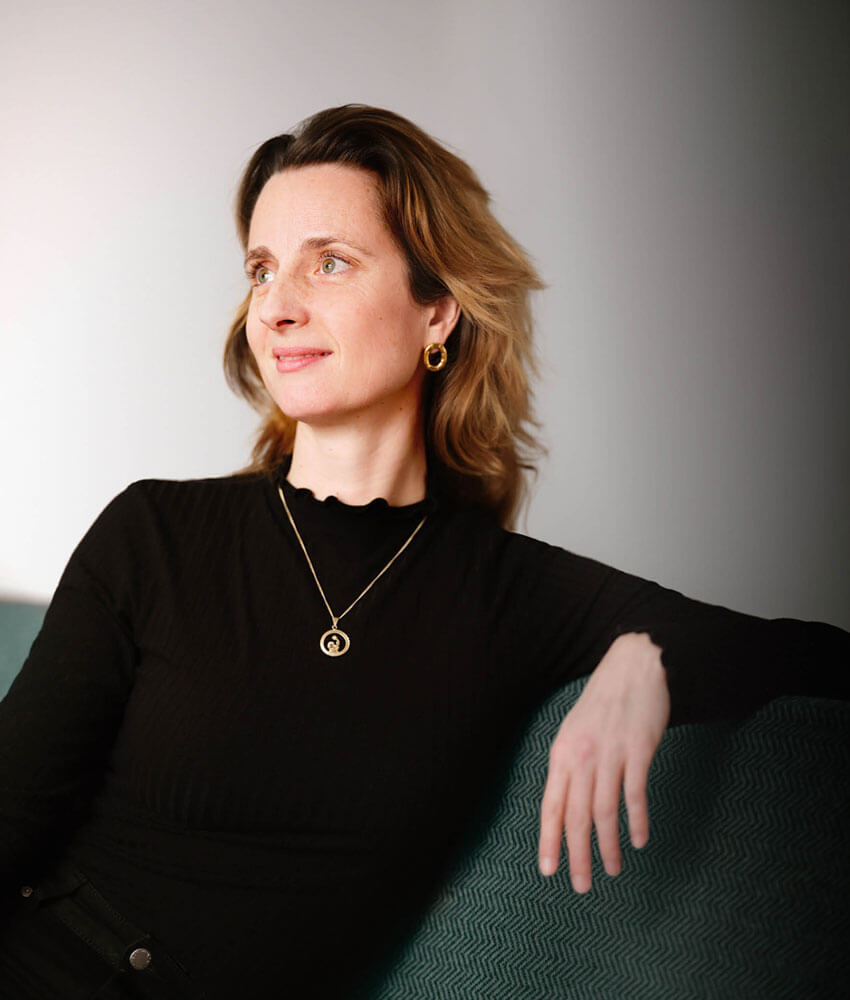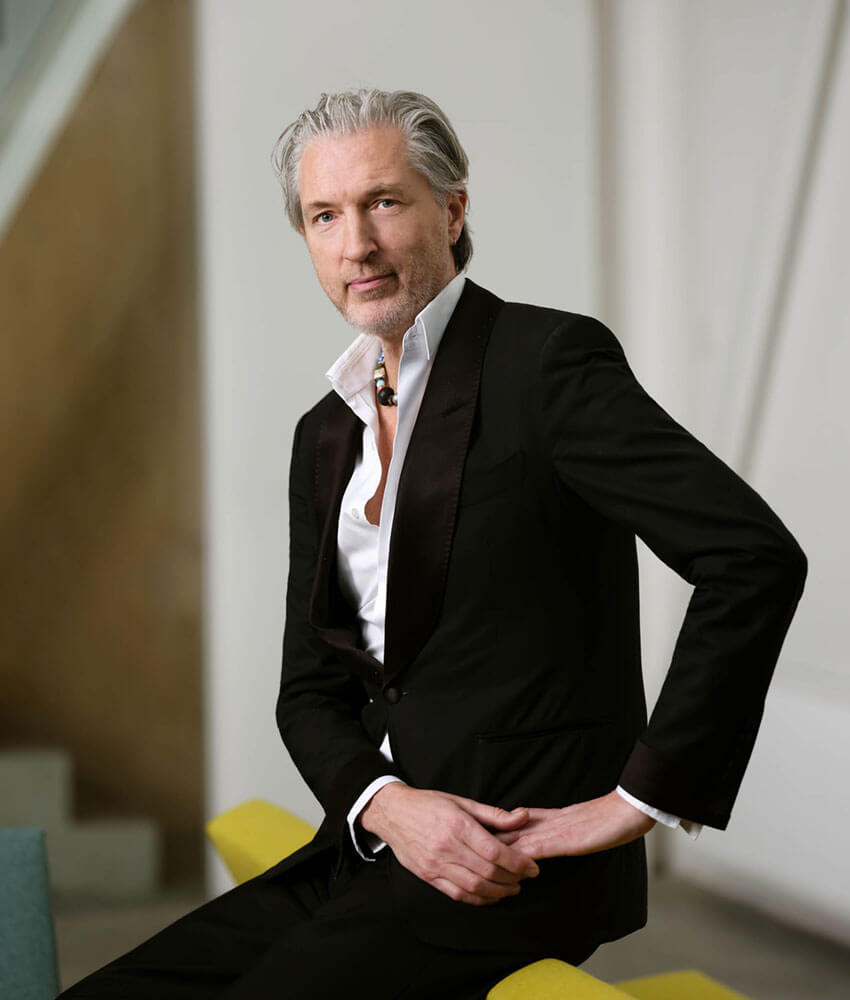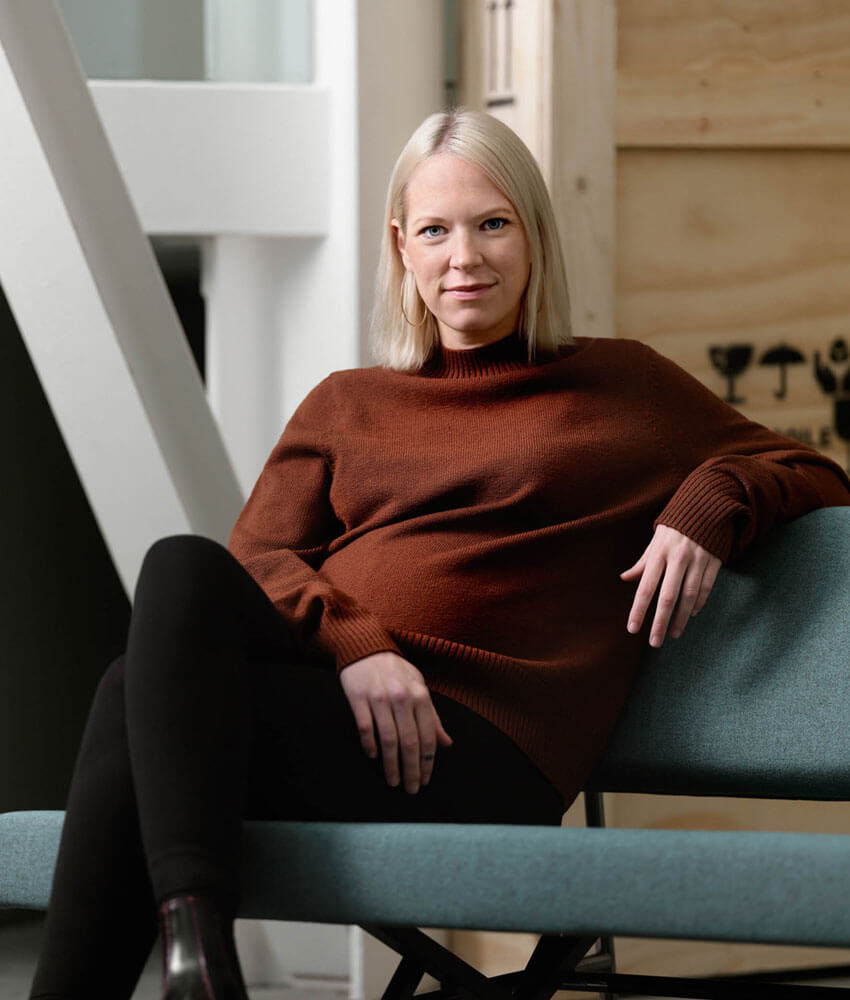Piet Hein Eek X SZ 73
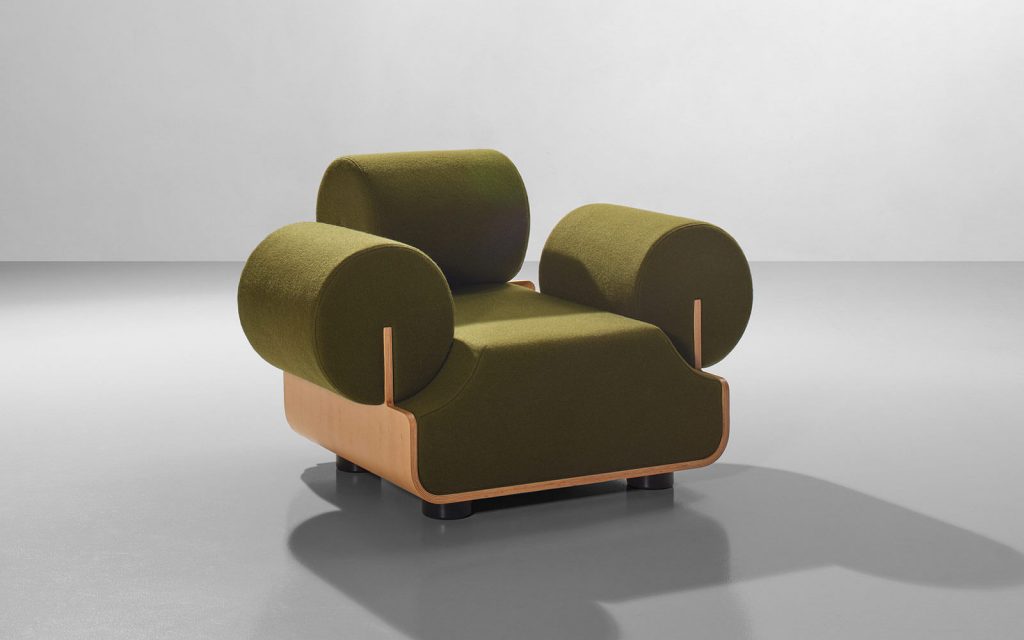
MVPHE
“I knew about Martin Visser before I knew the slightest thing about design. Martin Visser was just part of life. My mother had one of his chairs. Everyone had something he had made; that’s how much in touch he was with his time. The same goes for his art collection, actually. The fact that all those works that he collected became so famous later on shows how well he comprehended the world.
The first time we met, he asked me a million questions. Of course, there was so much more he could have told me about himself, but he let me talk instead. He learned a lot that way. I found it very touching to be asked to make his coffin after he passed away. I made it rough on the outside, soft on the inside, symbolising the two sides of Martin: resolute in his choices and loving and kind in his relationships with others.
Visser’s early furniture pieces appeal to the general public in a very refined way, but his later pieces are much more outspoken. Bulky and almost cartoonish, more object than functional item. When I saw the SZ 73, I immediately knew that that was the one for me. I could make an archetypical “late” Martin Visser with it. I copied the way the armrests are attached to the wooden frame, but magnified the various components. In that way, I transformed a 1968 model to fit his design style of the nineties. The army green cloth is a reference to furniture from my own collection. The final result is a chair that you can basically use any way you like.”
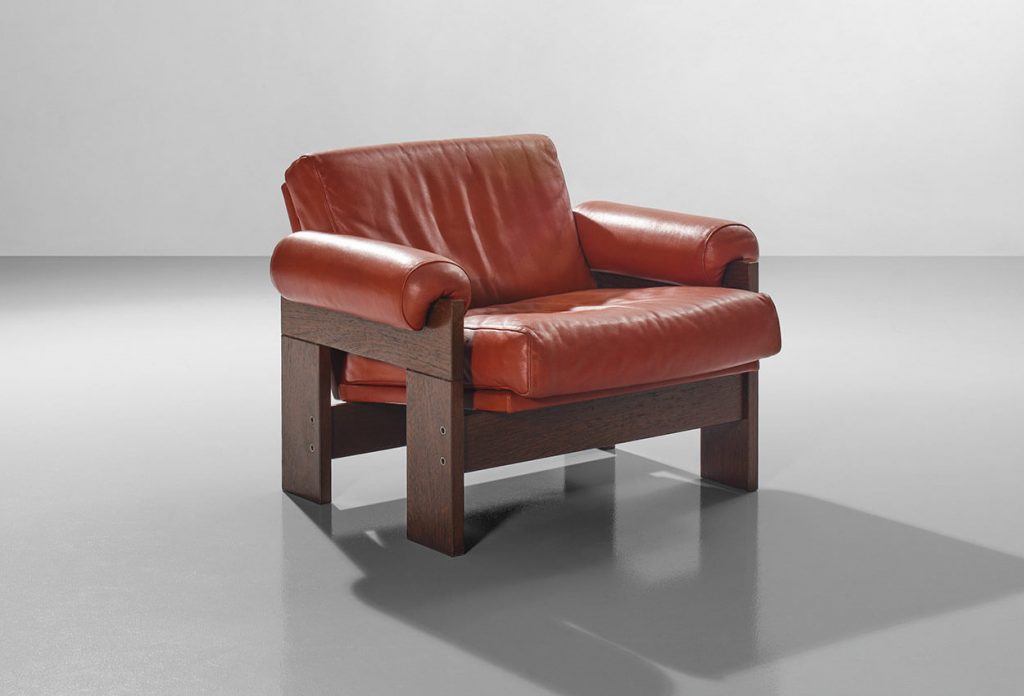
SZ 73 (1968)
Visser was clearly inspired by the spirit of the times when designing the SZ 73. The construction of the SZ 73 obviously draws on Gerrit Rietveld’s Crate Chair (1934), although the frame is barely visible due to the robust upholstery. As with most Spectrum models of those years, the SZ 73 was developed as part of a series, allowing buyers to furnish their living rooms with a sofa in the same style (BZ 73-75).
Piet Hein Eek
Piet Hein Eek (1967) graduated from Design Academy Eindhoven in 1990 with his now-classic scrap wood cupboard. In his designs, Eek focuses primarily on the material, the manufacturing technique and craftsmanship. In 2010, he and his company moved to a former Philips factory in Eindhoven, where he also opened a restaurant, shop, art gallery and event hall.
Eek’s designs are robust, genuine and sustainable. Eek has won countless awards, and his designs have been included in various museum collections, including Centraal Museum’s.
